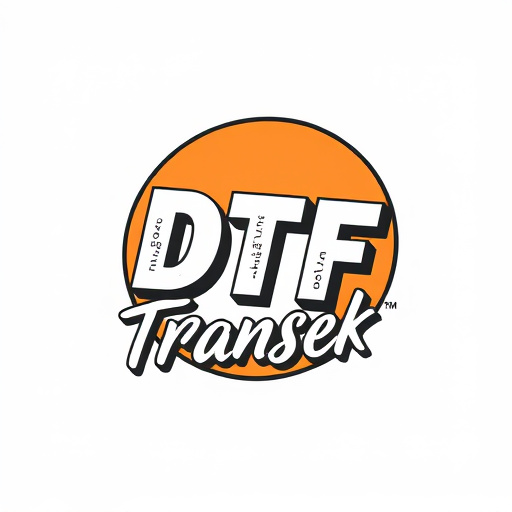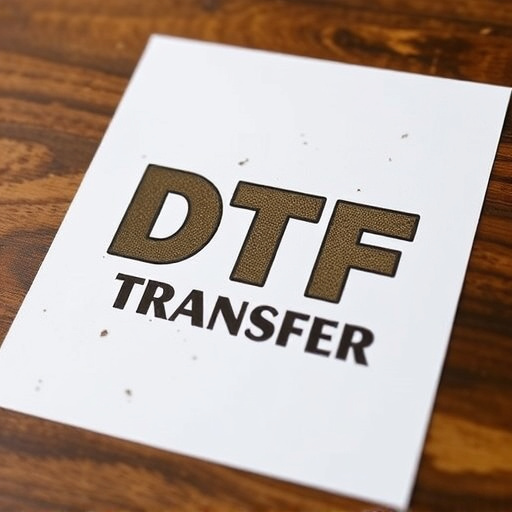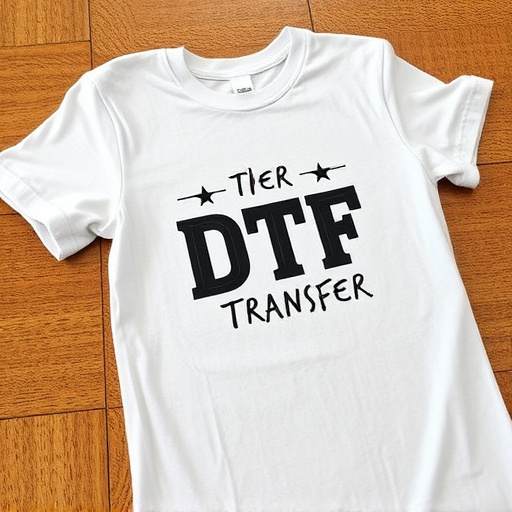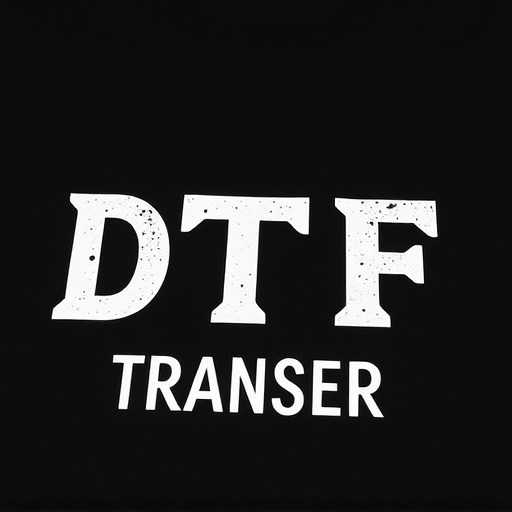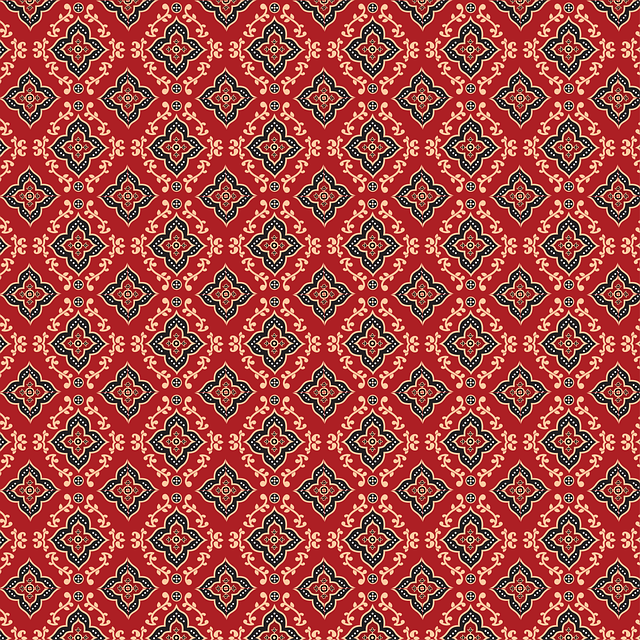Direct-to-Film (DTF) transfer technology offers exceptional durability and vibrancy for visual preservation, eliminating traditional printing methods. Key factors influencing DTF lifespan include original media quality, advanced printing tech, environmental conditions, and intended use cases. The DTF process revolutionizes data migration with swift, secure transitions, making it ideal for businesses. Proven by performance data, DTF transfers show minimal degradation over years under harsh conditions, featuring protective coatings against physical damage. Proper storage, handling, and environmental control ensure their longevity; future innovations in materials and printing tech promise even greater durability.
“Direct-to-film (DTF) transfer technology has revolutionized printing, offering vibrant, long-lasting images on various surfaces. This article delves into the durability of DTF transfers, exploring factors like ink composition and application methods that impact lifespan. We dispel common misconceptions, provide real-world performance data, and offer tips for maintenance and extension. Additionally, we peek into future trends, ensuring you stay informed about the ever-evolving world of DTF transfer durability.”
- Understanding Direct-to-Film (DTF) Transfer Technology
- Key Factors Influencing DTF Transfer Lifespan
- Common Misconceptions About DTF Durability
- Real-World Applications and Performance Data
- Maintaining and Extending the Life of Your DTF Transfers
- Future Trends in DTF Transfer Durability
Understanding Direct-to-Film (DTF) Transfer Technology

Direct-to-Film (DTF) transfer technology is a cutting-edge process that revolutionizes the way we preserve and display visuals. This innovative technique involves transferring high-quality images or designs directly onto various film surfaces, offering an exceptional level of durability and vibrancy. The DTF method eliminates the need for traditional printing methods, ensuring a more efficient and long-lasting solution.
By utilizing specialized equipment and materials, DTF transfers create prints that are resistant to fading, scratching, and other forms of damage. This technology is particularly valuable in industries where longevity and resistance to environmental factors are essential, such as outdoor advertising, event signage, and even automotive applications. The versatility of DTF Transfer allows for custom designs and easy updates, making it a preferred choice for businesses and individuals seeking a durable and visually appealing solution.
Key Factors Influencing DTF Transfer Lifespan

Several key factors significantly influence the lifespan of a Direct-to-Film (DTF) transfer. One of the primary considerations is the quality of the original film or media being transferred. High-resolution and pristine source material ensures a more prolonged lifespan for the DTF copy, as it maintains better clarity and detail during the duplication process. Additionally, the type of ink and application method used in the transfer play crucial roles; advanced printing technologies and specialized inks can enhance durability, making the image more resistant to fading, scratching, and other forms of deterioration.
Environmental conditions also determine the longevity of DTF transfers. Exposure to excessive heat, light, or moisture can accelerate aging, causing colors to fade and the material to weaken. Proper storage in cool, dry places is essential to preserving the transfer’s integrity over time. Furthermore, the intended use case matters; high-traffic areas or outdoor applications may require more robust materials and additional protective coatings to withstand wear and tear, ensuring the DTF transfer maintains its quality for an extended period.
Common Misconceptions About DTF Durability

Real-World Applications and Performance Data

In real-world applications, direct-to-film (DTF) transfers have proven their durability and longevity in various industries. From outdoor signage and advertisements to indoor displays, DTF Transfers offer a robust solution for long-term use. In terms of performance data, studies show that these transfers can withstand harsh environmental conditions, including high temperatures, humidity, and direct sunlight exposure, without significant degradation over several years.
This durability is attributed to the advanced materials and production techniques employed in DTF technology. The adhesive layers are designed to resist peeling and fading, ensuring that images maintain their vibrancy and clarity even after prolonged use. Moreover, the protective coatings provide an extra layer of shield against scratches, tears, and other physical damages, making DTF Transfers a reliable choice for demanding applications where aesthetics and longevity are paramount.
Maintaining and Extending the Life of Your DTF Transfers

Maintaining and extending the lifespan of your Direct-to-Film (DTF) transfers involves a few key practices. Firstly, store your DTF prints in cool, dry places, away from direct sunlight and heat sources, to prevent fading or degradation. Use acid-free storage materials like archival paper or plastic sleeves to shield your films from environmental contaminants.
Regular handling with clean gloves is crucial to avoid transferring oils and dirt onto the film surface. Consider framing your DTF prints for added protection and display, using UV-protective glass to further safeguard against color fading. Additionally, avoid exposing the transfers to moisture or excessive humidity, as these conditions can lead to warping or peeling.
Future Trends in DTF Transfer Durability

The future of direct-to-film (DTF) transfers looks promising in terms of durability, with ongoing innovations pushing the boundaries. Research and development are focused on creating more robust materials and application techniques to extend the lifespan of DTF prints. One key trend is the exploration of advanced polymeric inks that offer superior adhesion and resistance to environmental factors, ensuring longer-lasting colors and images.
Additionally, advancements in printing technology, such as improved precision and finer detail, contribute to enhanced durability. As these trends unfold, DTF transfers are poised to compete with traditional printing methods in terms of longevity, making them a more sustainable and cost-effective solution for various applications, from signage to packaging.





